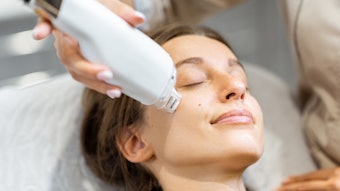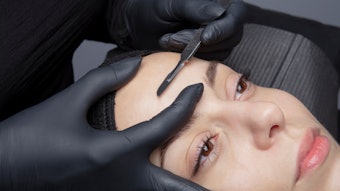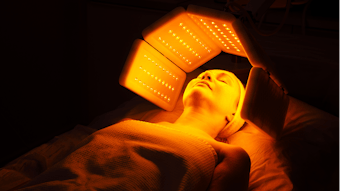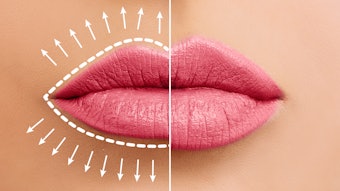The U.S. Food and Drug Administration (FDA) has approved Botox injection (onabotulinumtoxinA) to prevent headaches in adult patients with chronic migraine. Chronic migraine is defined as having a history of migraine and experiencing a headache on most days of the month.
“Chronic migraine is one of the most disabling forms of headache,” said Russell Katz, MD, director of the Division of Neurology Products in the FDA’s Center for Drug Evaluation and Research. “Patients with chronic migraine experience a headache more than 14 days of the month. This condition can greatly affect family, work and social life, so it is important to have a variety of effective treatment options available.”
Migraine headaches are described as an intense pulsing or throbbing pain in one area of the head. The headaches are often accompanied by nausea, vomiting and sensitivity to light and sound. Migraine is three times more common in women than in men. Migraine usually begins with intermittent headache attacks 14 days or fewer each month (episodic migraine), but some patients go on to develop the more disabling chronic migraine.
To treat chronic migraines, Botox is given approximately every 12 weeks as multiple injections around the head and neck to try to dull future headache symptoms. Botox has not been shown to work for the treatment of migraine headaches that occur 14 days or less per month, or for other forms of headache. It is important patients discuss with their physician whether Botox is appropriate for them. The most common adverse reactions reported by patients being treated for chronic migraine were neck pain and headache.
OnabotulinumtoxinA, marketed as Botox and Botox Cosmetic by Allergan, has a boxed warning that says the effects of the botulinum toxin may spread from the area of injection to other areas of the body, causing symptoms similar to those of botulism. Those symptoms include swallowing and breathing difficulties that can be life-threatening. There has not been a confirmed serious case of spread of toxin effect when Botox has been used at the recommended dose to treat chronic migraine, severe underarm sweating, blepharospasm, or strabismus, or when Botox Cosmetic has been used at the recommended dose to improve frown lines.










